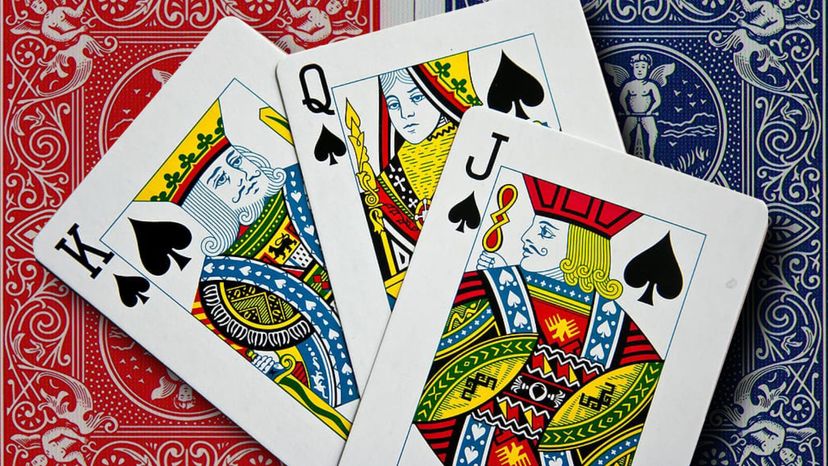
If you ever sit down to play a card game, you'll quickly learn that in most games, the jacks, queens and kings — the "court" or "face" cards — are valuable, points-wise. But whose faces are really on these face cards? Are these representatives of some intimidating and pompous monarchs from Tudor times? Or are they just generalized images of royalty through the ages?
Advertisement


